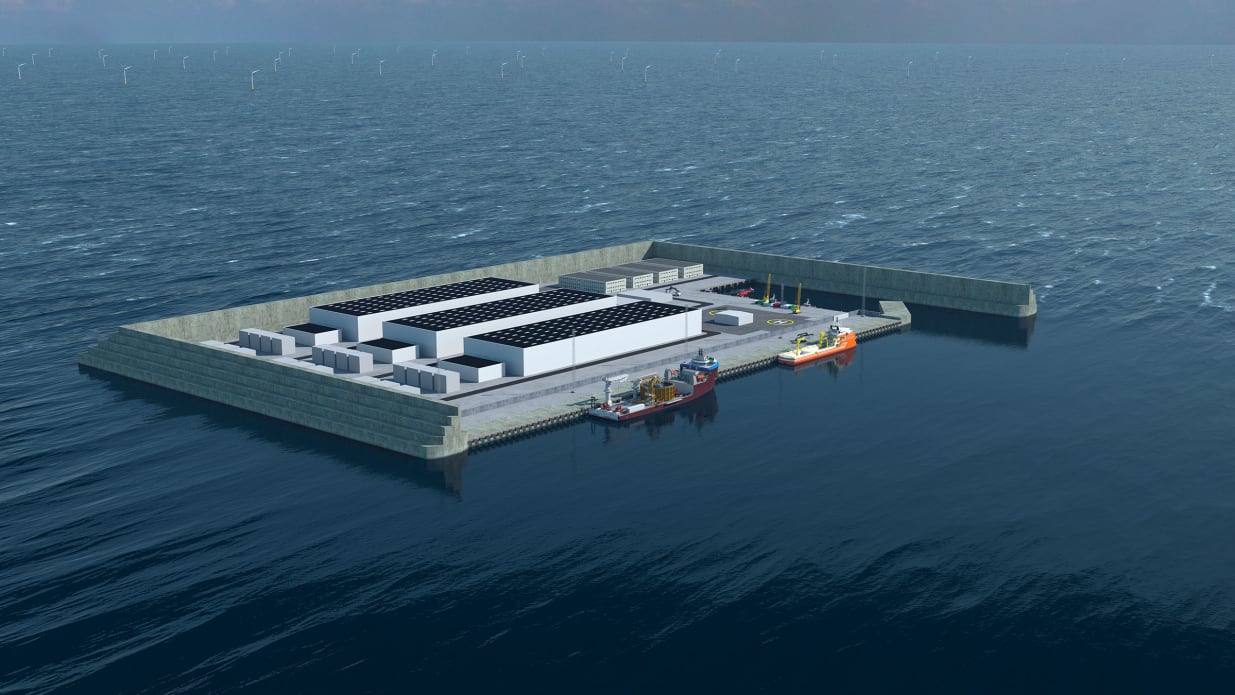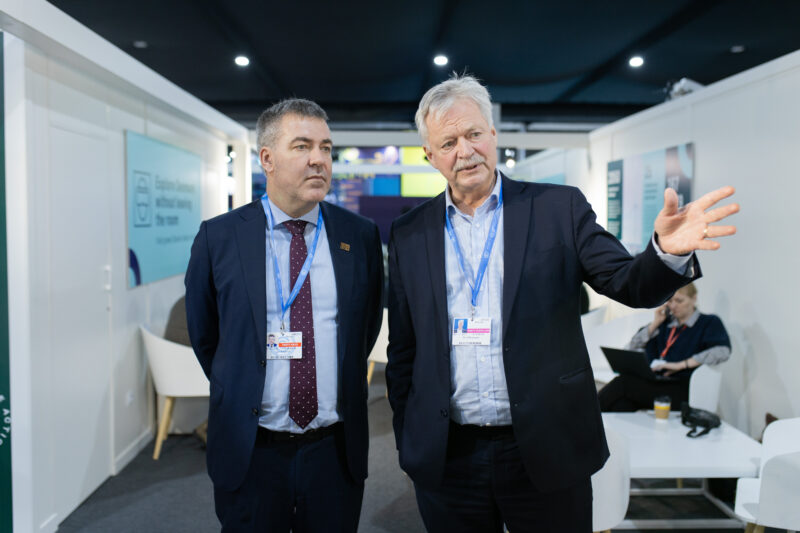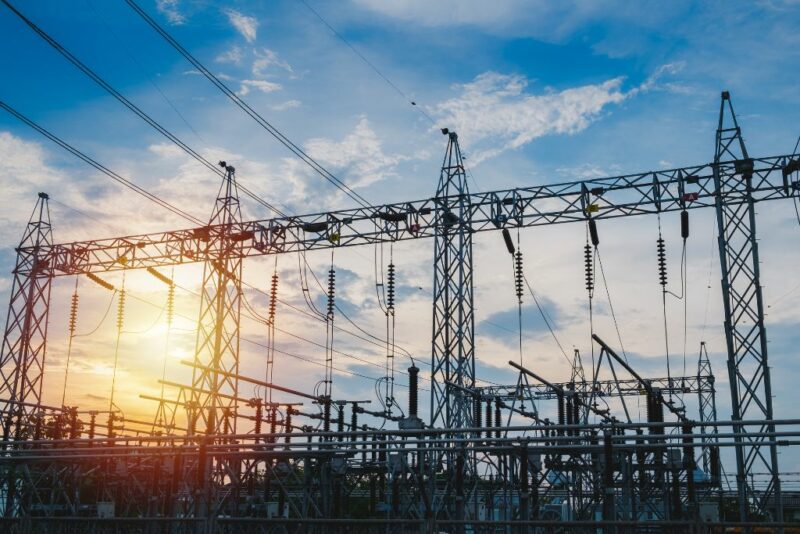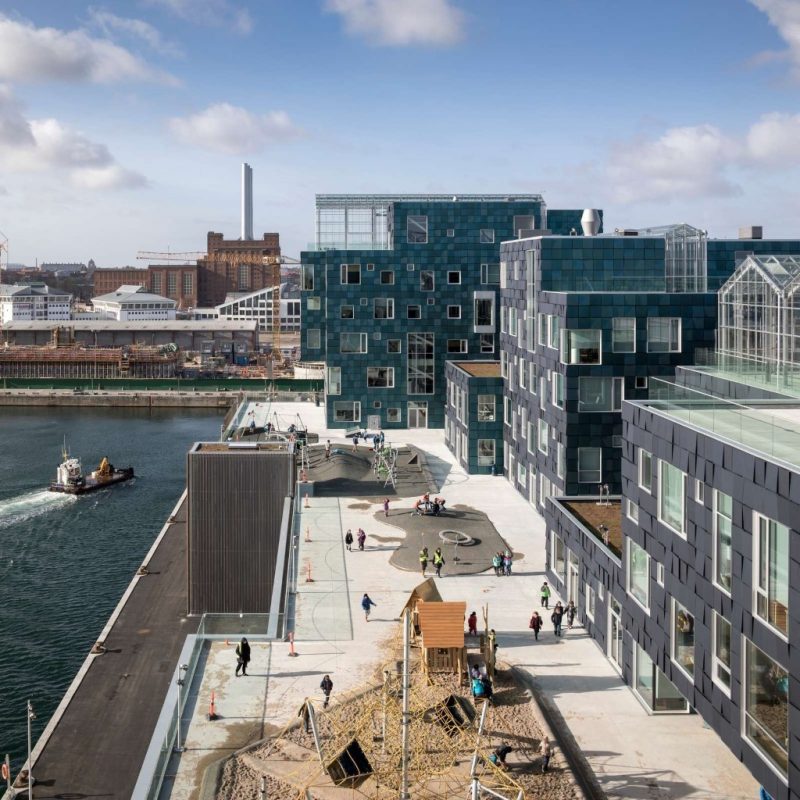News
The world’s first artificial energy island is one step closer


In February 2021, Denmark reached a landmark agreement on the construction of an energy hub in the North Sea. The energy hub will be an artificially constructed island 80 kilometres from the shore of the peninsula Jutland. The hub, aiming to strengthen the integration of Europe’s power grids and increase renewable electricity production necessary for a climate neutral Europe, is now one step closer to becoming a reality.
Related news: North Sea energy island will supply green electricity to millions of households
On 2 September, Denmark’s political parties formed a plan for the ownership of the USD 34 billion man-made island, in which the state will own at least 50.1 per cent of the project. Crafted around the Danish tradition for strong public-private partnerships, interested parties will be able to set up a consortium between investors, contractors and developers and make joint bids to establish innovative, green solutions for the construction.
“As reflected by the immense interest and engagement by the Danish Parliament and the private sector, the energy island in the North Sea is one of the biggest green projects of our time. With the agreement, we take yet an important step in securing a strong, green collaboration between public and private partners. The energy island is of great societal importance why the establishment must rest on a solid fundament of technical competencies and innovative thinking enabled by the private sector,” says Denmark's Minister for Climate, Energy and Utilities Dan Jørgensen.
According to the agreement (in Danish), Denmark and the upcoming private partners will own shares in the project and will share the revenue accordingly. Strategic partnerships have already been agreed with other countries, including Germany, Belgium, and Luxembourg, which does not have a coastal line.
Denmark expects to have a public tender draft, including the size of the island, ready by late 2022. Besides the artificial energy island in the North Sea, an energy hub with associated offshore windfarms will be established at the Danish island Bornholm.
Denmark’s Climate Act and reduction target
As part of its binding Climate Act, Denmark has committed to a 70 per cent reduction of greenhouse gas emissions by 2030 (compared to 1990 levels), and to becoming CO2 neutral by 2050. As part of the plan to become independent of fossil fuels, Denmark has further introduced a cut-off date of 2050 for oil and gas extraction in the North Sea and cancelled all future licensing rounds.
Facts about the energy islands
- A broad coalition of Danish parties have decided to establish two energy hubs and associated offshore windfarms. One as an artificial island in the North Sea and one at the Danish island Bornholm.
- An energy hub serves as a hub that collects electricity from the surrounding offshore windfarms and distributes the electricity between countries connected via the electricity grid.
- Furthermore, the abundance of offshore wind energy can be used to produce climate-friendly fuels for shipping, aviation, heavy industries or heavy-duty vehicles.
- The two hubs initial capacity will be 5 GW triple the current installed offshore capacity in Denmark. Later they will be expanded to provide a capacity of 12 GW in total.
- In the North Sea, the island and offshore windfarms will be located at least 80 km west of the coast of Jutland. Around 200 wind turbines are expected in the first phase of the project.
- Last year Denmark reached a deal on the future of fossil extraction in the North Sea, leading to the cancellation of the ongoing 8th licensing round and all future rounds to extract oil and gas.
Photo: rendering of the energy island by the Danish Energy Agency.
You should consider reading
solutions
Combined heat and power production
+6
CopenHill: The story of the iconic waste-to-energy plant
20 November 2024solutions
Energy efficiency in buildings
+2















